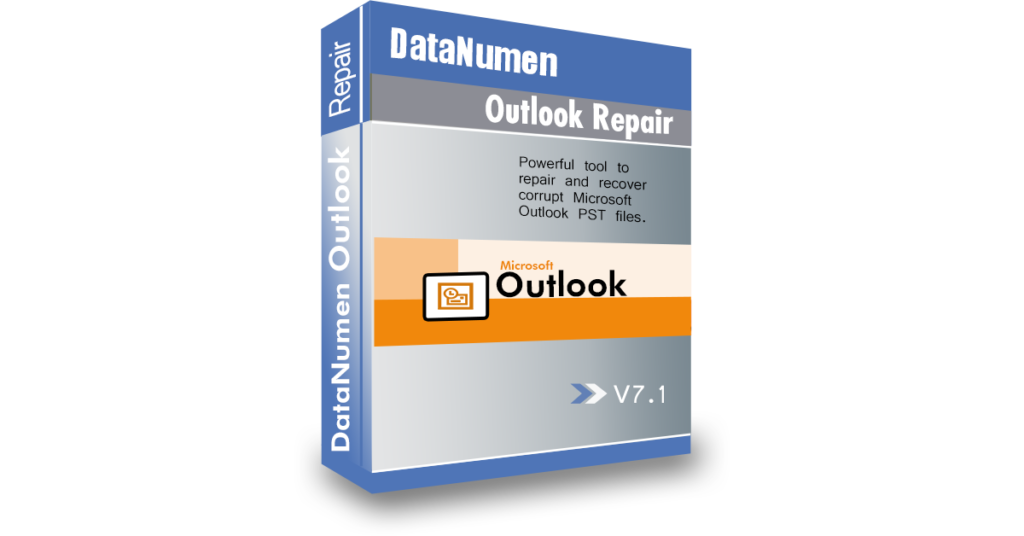Depending on what version of Microsoft Outlook that you use, there will be a different size limit for your PST files. Overlarge PST files can slow down your Outlook program and might even end getting corrupted, resulting in data loss.

A PST file is basically a copy of your downloaded email messages, contacts, tasks, and calendar events that is stored locally – on your computer and laptop.
By saving data in a PST file, your Outlook frees up storage space on your mail servers mailbox. However, the information in a PST file can take up a lot of space, so PST files can get very large.
Why does the size of your PST file matter?
PST files are large because they contain a lot of important information and data. They grow with every piece of new data – new e-mail message, calendar event, or contact – that you download and add.
PST files, however, can’t increase in size indefinitely; there are size limits in place. If your PST file gets too big, it will affect your Outlook program, or even cause PST file corruption. If you notice that the program is slowing down, it could mean that your PST file is getting to close to the size limit.
What are the size limits of PST files?
Because they recognize how more and more people are dependent on data and information that they access on Microsoft Outlook, Microsoft has begun to increase the allowable size of PST files with every updated version of Outlook.
- Outlook 2002 and older – 2 GB
- Outlook 2003 – 20 GB
- Outlook 2007 – 20 GB
- Outlook 2010 – 50 GB
- Outlook 2013 – 50 GB
- Outlook 2016 – 50 GB
Microsoft also allows you to increase the size limits for your PST files.
How to increase the size limit of PST files?
The first thing you will need to do is locate your Registry Editor. If you are still using Windows XP or lower, you can do so by going to “Start” and type “regedit”.
If you are using a more updated OS such as Vista, 7, 8, and 10, you first go to “Start” then “Run” and type “regedit”
For all Window OS versions, you can also open the Windows folder and look for this location: C:\Windows\regedit.exe
When in Registry Editor, you need to find one of the following locations.
- For Outlook 2003 user: HKEY_CURRENT_USER\Software\Microsoft\Office\11.0\Outlook\PST
- For Outlook 2007 user: HKEY_CURRENT_USER\Software\Microsoft\Office\12.0\Outlook\PST
- For Outlook 2010 user: HKEY_CURRENT_USER\Software\Microsoft\Office\14.0\Outlook\PST
- For Outlook 2013 user: HKEY_CURRENT_USER\Software\Microsoft\Office\15.0\Outlook\PST
- For Outlook 2016 user:HKEY_CURRENT_USER\Software\Microsoft\Office\16.0\Outlook\PST
Afterwards, set new DWOD values by changing the values in the following fields
- WarnLargeFileSize (not higher than 4090445042 in decimals or f3cf3cf2 in hexadecimals
- MaxLargFileSize (not higher than 4294967295 in decimals or ffffffff in hexadecimals
By going through these series of steps, you should be able to increase the size limit of you PST files. However, there is another, simpler way to keep the size of your PST file under the allowable limits.
You can split an overlarge PST file into several smaller files with the use of DataNumen Outlook Repair. This data recovery program can easily and conveniently split your PST file to ensure that your data doesn’t get corrupted or lost.
